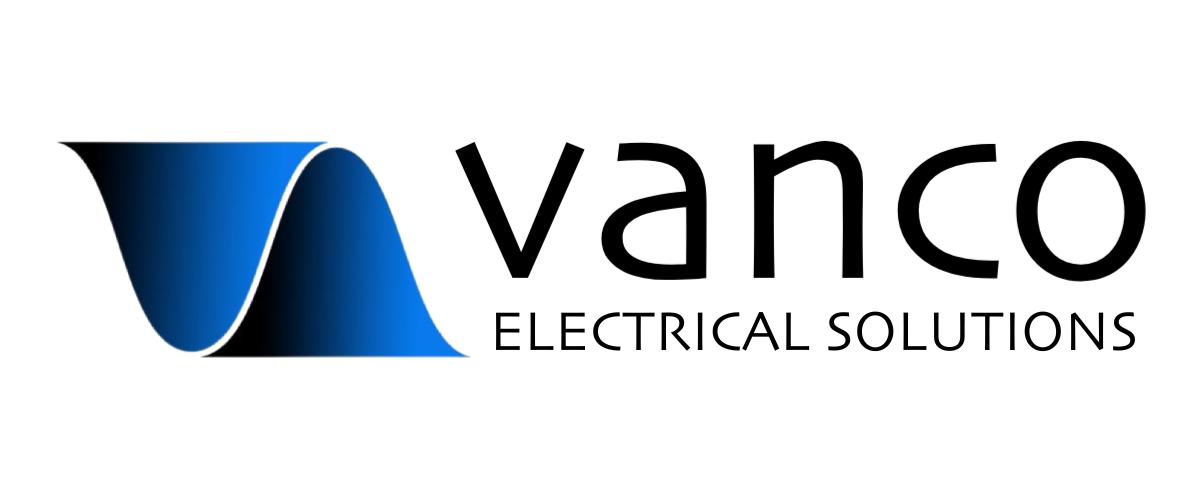The electrical industry is undergoing a seismic shift, driven by innovations that redefine how we generate, distribute, and consume energy. As global demand for clean, reliable power surges, these advancements aren’t just theoretical, they’re already transforming grids, cities, and everyday life. Below, we spotlight five groundbreaking technologies shaping the future of energy.
Grid-Forming Inverters: Stabilizing Renewable-Dominant Grids

Grid-forming inverters (GFMs) are enabling grids to operate seamlessly with 100% renewables by mimicking the inertia of traditional synchronous generators. During a 2023 grid failure in Kauai, Hawaii, GFMs connected to battery systems maintained stability despite losing 60% of generation capacity, preventing blackouts (source). These inverters actively regulate voltage and frequency, allowing solar, wind, and storage systems to “set the pulse” of the grid rather than follow it, a critical feature as renewables exceed 70% penetration (source). Projects in Australia, Europe, and the Middle East are now scaling this technology, with companies like Tesla and GE Vernova leading commercialization (source).
What it does: Helps solar and wind farms act like “heartbeats” for the grid, keeping power stable even when clouds block the sun or the wind stops.
Analogy: Imagine a choir singing a cappella. If one singer stops, the others adjust their pitch and tempo to keep the song going smoothly. Grid-forming inverters do this for the grid, renewables “sing” in harmony even when conditions change.
Solid-State Transformers (SSTs): Reinventing Power Distribution

SSTs replace bulky copper-and-iron transformers with semiconductor-based systems, enabling dynamic voltage regulation, fault isolation, and bidirectional power flow. Key applications include:
- Traction Systems: ABB’s 1.2 MVA prototype for railways achieves 96% efficiency, reducing weight and space by 40% (source).
- EV Charging: Delta’s 400-kW SST-based charger operates at 96.5% efficiency, integrating directly with medium-voltage grids (source).
- HVDC Transmission: SSTs simplify DC grid integration, with prototypes like the University of Texas’ 500 kVA hybrid SST enhancing renewable compatibility (source)(source).
Despite higher upfront costs (~10,000–10,000–20,000 for 20 kVA units), advancements in SiC semiconductors and modular designs are driving cost reductions.
What it does: Replaces clunky, old-school transformers (think refrigerator-sized boxes) with sleek, smart devices that control electricity like a dimmer switch.
Analogy: A Swiss Army knife vs. a basic screwdriver. SSTs are multitaskers. They adjust voltage for EVs, solar panels, and homes instantly, while traditional transformers only work at fixed settings.
Advanced Energy Storage: Grid-Forming Batteries

Grid-forming battery energy storage systems (GFM BESS) are emerging as a cornerstone for inertia-free grids. By replicating the damping characteristics of synchronous generators, GFM BESS enhances stability in systems with >80% renewables. Research highlights their ability to mitigate voltage/frequency fluctuations, with projects like Kauai’s 150 MWh battery fleet demonstrating real-world resilience (source)(source).
What it does: Stores renewable energy in giant “batteries” so you can use solar power at night or wind power on calm days.
Analogy: A water storage tank. Solar panels “fill the tank” during sunny days, and the battery “taps the water” when you need electricity at night.
Smart Grid Integration: Bridging DERs and Utilities

Canada’s Smart Grid Initiative focuses on standardizing grid-edge technologies, including advanced inverters and Distributed Energy Resources (DERs). Key priorities include (source):
- Interoperability: Developing universal protocols for DER aggregation and control.
- Flexibility: Leveraging demand-response algorithms and storage to balance variable generation.
- Standards: Updating grid codes to accommodate bi-directional power flow and reactive compensation.
What it does: A “brain upgrade” for the power grid, allowing it to communicate with solar panels, EVs, and appliances in real time to balance supply and demand.
Analogy: A traffic control system. Smart grids act like traffic lights and GPS apps, rerouting electricity to avoid “traffic jams” (blackouts).
HVDC Transmission: SSTs Enabling Long-Distance Renewables

SSTs are pivotal in HVDC systems, eliminating AC/DC conversion losses and simplifying offshore wind integration. For example, a 200V/5kVA SST prototype with amorphous cores achieved 87% efficiency in windfarm applications, while modular multilevel converters (MMCs) enhance fault tolerance in HVDC networks (source)(source).
What it does: HVDC (High Voltage Direct Current) transmission acts as a long-distance “energy highway” for renewable power. Solid-state transformers (SSTs) serve as smart, adaptable stations along this highway, efficiently converting and directing electricity from remote sources (like offshore wind farms) to cities and factories, minimizing energy loss over thousands of miles.
Analogy: Imagine pumping water from a mountain reservoir to a distant city. Traditional AC transmission is like using a leaky, winding river, losing water (energy) along the way. HVDC with SSTs is like a sealed, straight pipeline with smart pumps (SSTs) that adjust pressure and flow automatically, delivering more water (electricity) faster and with almost no waste.
Challenges and Future Outlook
- Cost Barriers: SSTs remain 3–5x pricier than conventional transformers.
- Standardization: Harmonizing GFM inverter controls across regions is critical for global grid resilience.
- Policy Support: Governments must incentivize pilot projects, like Singapore’s Amperesand SST trial for port electrification.
Your Turn: Which innovation holds the most potential for your sector? Share your thoughts! we’ll feature insights in our next newsletter.
